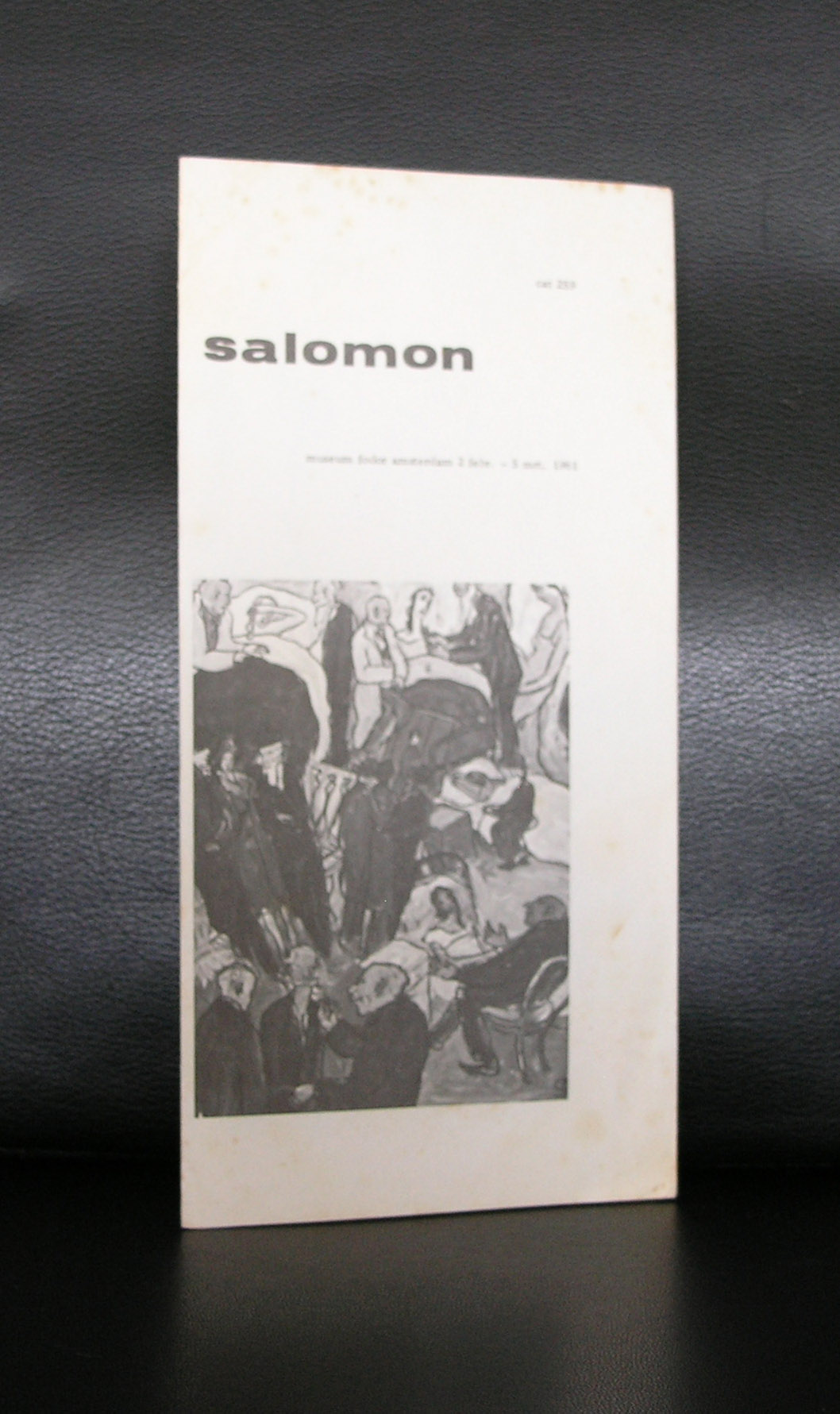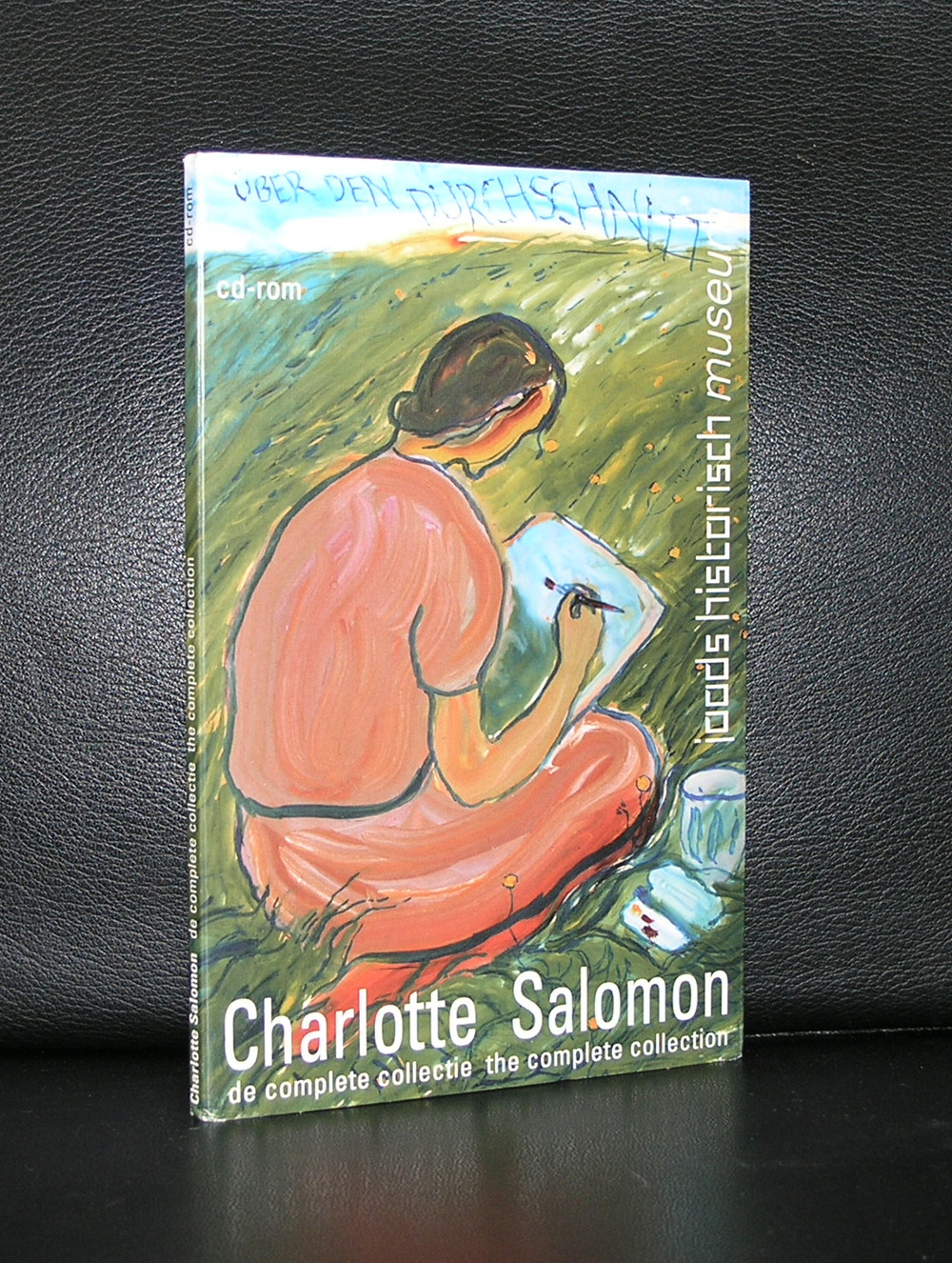
Bob Hanf was born on November 25, 1894 in Amsterdam, where his parents Joseph Hanf and Laura Romberg had settled shortly after their marriage. The Hanf family, assimilated German Jews, originally came from Westphalia. Hanf grew up in an artistic environment, spending most of his holidays in Germany with his uncle Moritz and his wife Rebecca until he was thirty. This couple had extensive connections in circles of intellectuals and artists. Through his regular visits to this artistic family, Hanf was exposed to the most cutting-edge trends in art, literature, and philosophy at a young age. Bob’s mother was skilled in playing the piano, and he received his first violin lessons in the ensemble class taught by George Scager, an alto violist in the Concertgebouw Orchestra.
Bob Hanf was a versatile artist: he drew, painted, wrote, and was also a violinist and composer. However, because his father wanted Bob to succeed him in the chemical company “N.V. Oranje,” he was sent to the Technical University in Delft. There, he first studied chemistry, and later, architecture. During his studies, he drew caricatures of professors and classmates and created a large number of charcoal drawings in an expressionistic style, akin to that of Beckmann and Kirchner. There was also a strong musical culture in Delft; Hanf regularly played alongside composers Harold C. King and Ignace Lilien. In 1919, he co-founded “De Coornschuer,” a warehouse in Delft, where concerts, lectures, and exhibitions were held.
During this period, Hanf came into contact with writers Hendrik Marsman, Jan Spierdijk, and Simon Vestdijk. In his book “Self Portrait of J.F.”, Marsman describes Hanf as follows: “lightly bent over, somewhat weary, collar of his coat turned up, his violin case carefully under his arm, he entered the elongated, low-ceilinged room on Voorstraat, where we were already waiting for him by a glowing stove.” Vestdijk’s book “The Last Chance” (1960) features Hanf under the alias Bob Neumann. Hanf himself wrote two plays, three novels, and several poems, influenced by the anti-bourgeois morality of Wedekind and the surrealist atmosphere and dark worldview of Kafka.
In 1921, Hanf quit studying for good and moved into an attic room in his parents’ house on Willemsparkweg in Amsterdam. It was during this time that he began playing the violin seriously and composing his first works. He took lessons with Louis Zimmerman, the first concertmaster of the Royal Concertgebouw Orchestra. Although he played in a professional orchestra a few times, including the Arnhem Orchestra Association under the direction of Martin Spanjaard, he decided around 1928 not to pursue a professional violin career. Composing suited his contemplative nature better. He wrote various works for violin, several string quartets, songs using texts by Rilke, Kafka, and Goethe, a few orchestral works, and an opera.
His compositions are characterized by a motivic style, which becomes more chromatic over time, but remains within tonality and is more related to the German-Austrian tradition than the French. In his song cycles, Hanf emphasizes the absurdism of the text with a sense of theater. He always manages to create a very unique musical atmosphere with simple means.
In the year 1936, Bob Hanf left his parental abode to occupy a room on Lijnbaansgracht. In the year 1941, he, along with composer Robert de Roos, was awarded second place in a competition organized by the Rotterdam 1939 Foundation. While in hiding in the Suikerhofje on Prinsengracht, he wrote under the pseudonym Christiaan Philippus for the underground Duinrosia Heraut the poem “Reflections on the Dark Side of Life,” the only work of his to be published after the war. On April 23, 1944, he was arrested during a raid by the SD. He was subsequently deported to Auschwitz from Westerbork, where he was killed on September 30, 1944.
www.ftn-books.com has now the most impodstant book on Hanf available.



























































